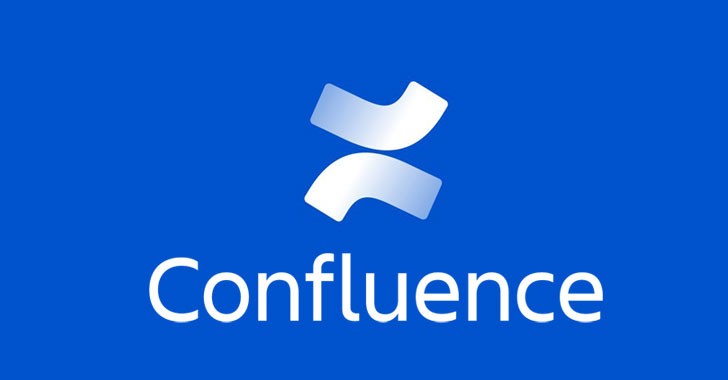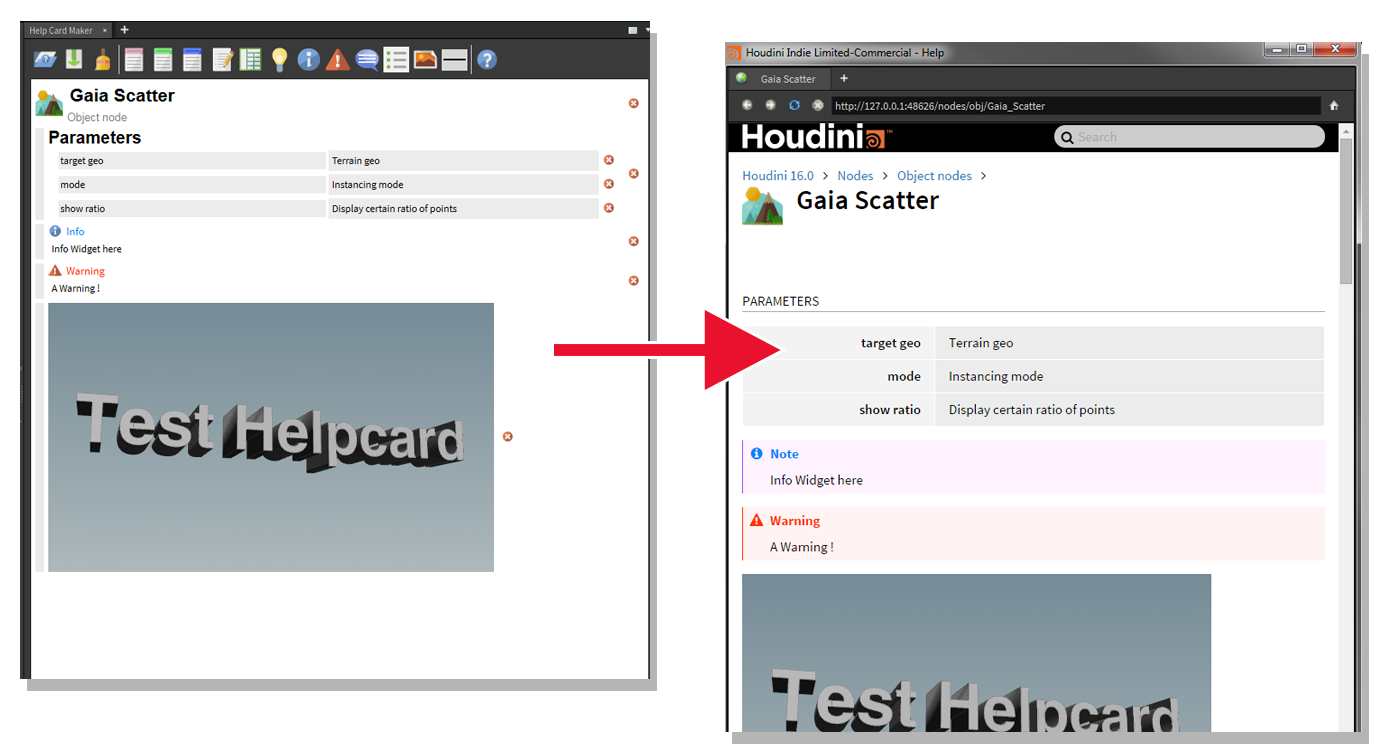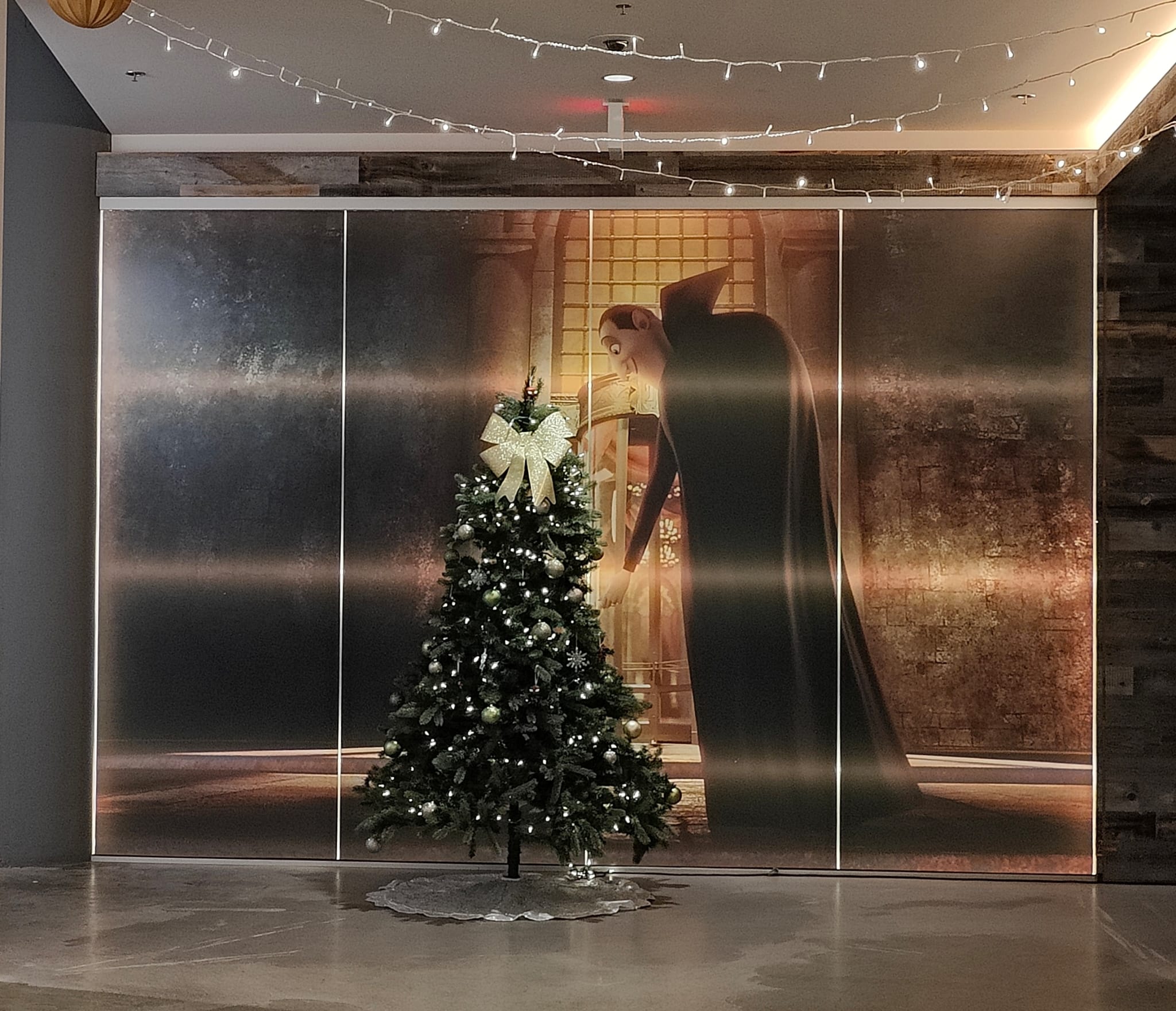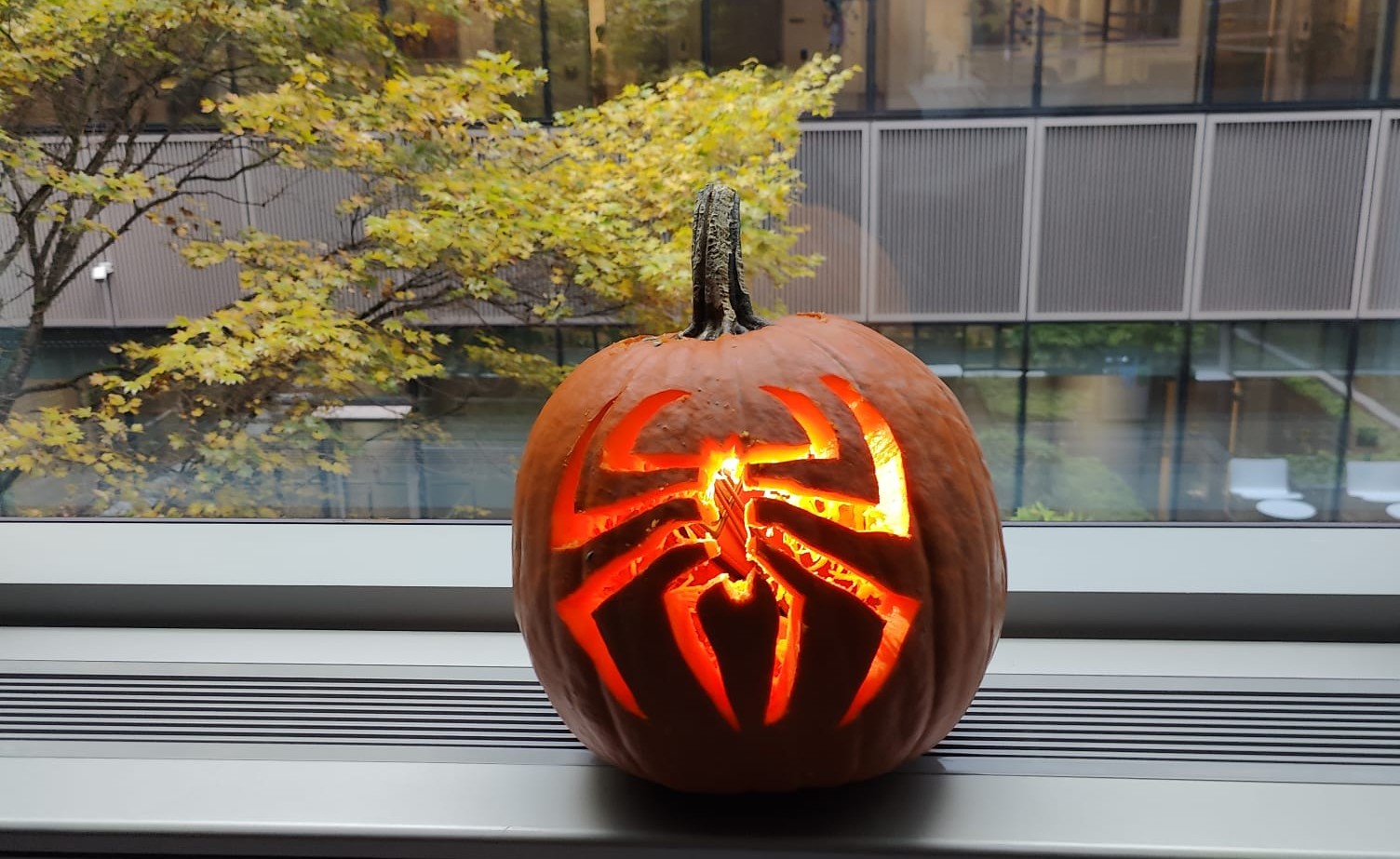Sony Pictures Imageworks
- 3 mins 
When you work at a studio that brings Academy Award-winning movies to life, the bar isn’t just high — it’s stratospheric. As a Software Engineer at Sony Pictures Imageworks, I spent eight months building tools that 1,000+ artists and technical directors used daily to create the films we know and love.

One of my main missions? Making Confluence actually usable inside the studio’s ecosystem. I engineered a full-stack integration directly into our internal documentation tool, spNote, allowing artists to post and fetch documentation — screenshots, GIFs, rollover images, you name it — without leaving their creative zone. I worked with Angular, Electron, and Flask, and used a bunch of technicals tricks like async I/O, caching, pagination, or access control wizardry to make sure the experience was fast, reliable, and nearly unbreakable, even under heavy production loads.

The next big challenge: connecting Maya, Houdini, and Katana directly to spNote. I designed and built a multi-threaded architecture with Python and Electron that used Web Sockets to let Digital Content Creation tools and spNote talk to each other in real-time. Artists could now swap scripts, screenshots, and videos between tools with a click — making documentation, feedback, and collaboration so seamless it felt like magic.

Meanwhile, the studio was migrating decades worth of knowledge from Twiki to Confluence. I facilitated the migration with a custom Python tool that scraped, rebuilt, and preserved over 1 million documents — maintaining internal links, hierarchies, and structure during the chaos.

One of my favorite moments was building a command-line pipeline to automatically move Houdini Help Cards into Confluence, transforming a clunky manual process into something FX teams loved so much it got recognized by the company president (or so I was told haha).

But honestly? The work was only half the experience.
Sony Imageworks has a vibe that’s hard to describe until you live it. Weekly events like specialty coffee days (with an in-house barista making unlimited custom drinks on Tuesdays and Wednesdays) and Beer O’Clock Thursdays kept the energy flowing. We had regular film screenings in their private theaters — the legendary “Sweat Boxes” — a tradition straight out of Disney’s early animation days where directors would screen and critique rough cuts.

Cultural celebrations weren’t just banners and emails — they went all out for Diwali, Día de los Muertos, Hanukkah, and every festival in between. The office itself felt like walking through film history: original props, massive murals, and posters from iconic movies (especially Spider-Man) covered every wall.

The biggest personal milestone for me? Getting credited on a real film — and getting my own IMDb page. For a film geek like me, that was a dream come true. Even better, I got to work shoulder-to-shoulder with the insanely talented artists who make the worlds we escape into on screen.

Working at Sony wasn’t just a job. It was a chance to build tools that fueled creativity at the highest level — and to feel, every day, like you were part of something much bigger than yourself.